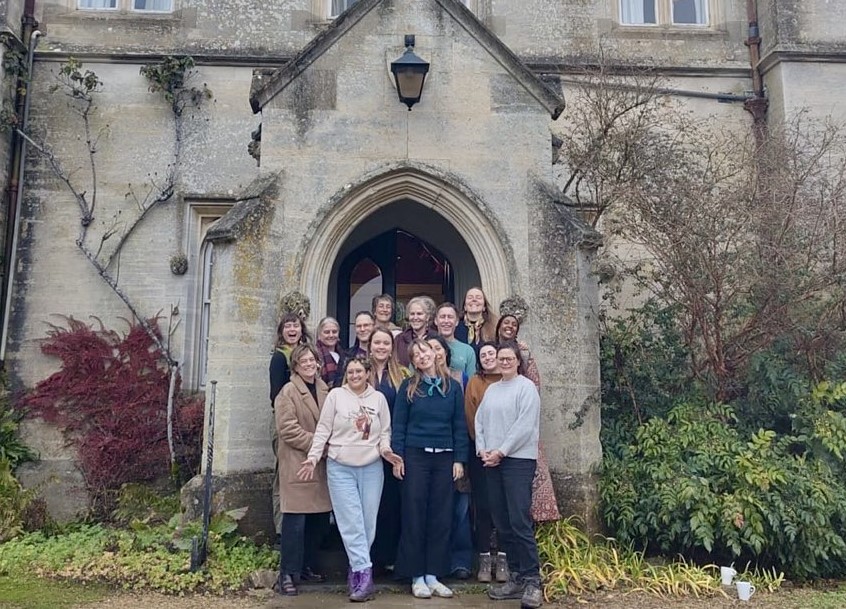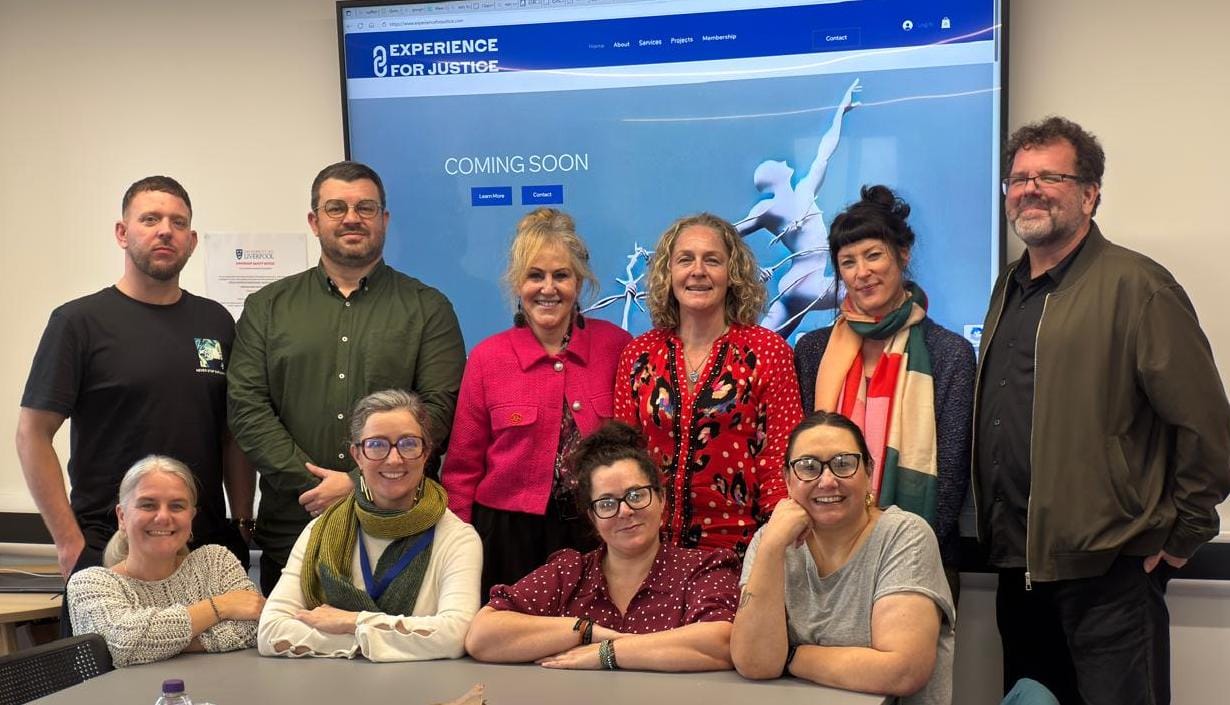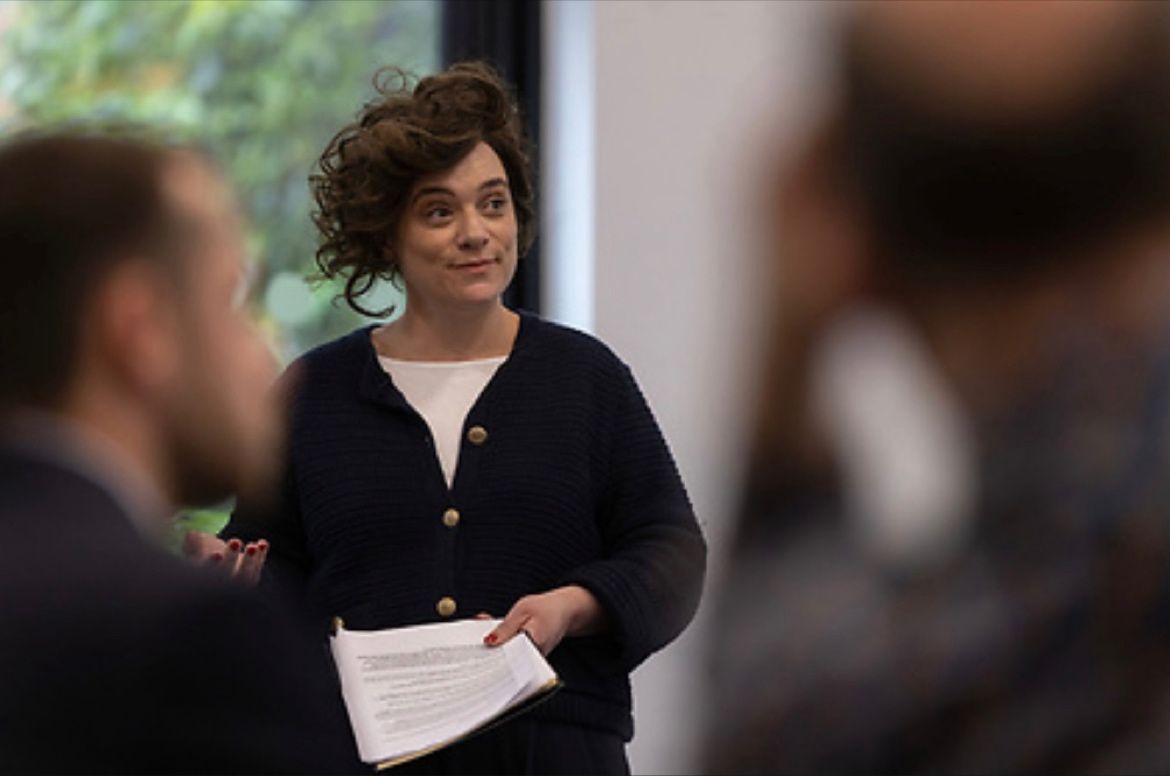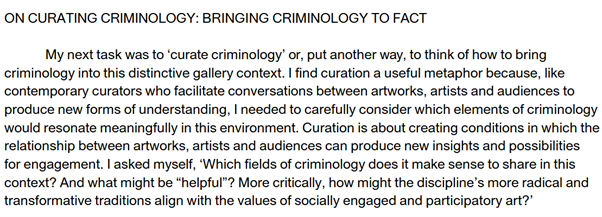Gill Buck and colleague Philippa Tomczak from the University of Nottingham have published a new article. It demonstrates:
⚠️Women in prison have key insights into problems and solutions related to imprisonment but their voices are often peripheral, or they are constructed as ‘pathetic’.
💡There is unrealised potential for prison regulators to network women in prison and families with other regulators (e.g., voluntary sector) to deepen understanding of problems for broader social benefit.
🧩Prison regulators across scales hold potential to illuminate harms of imprisonment and influence alternatives, yet criminologists rarely engage with these mechanisms.
The paper analyses prisoners’ participatory roles in the ‘transformative’ Corston Report (2007) and The Corston Report 10 Years On, using actor-network-theory to guide document analysis. They reflect on Corston’s calls for a radically different, woman-centred approach to criminal justice.








